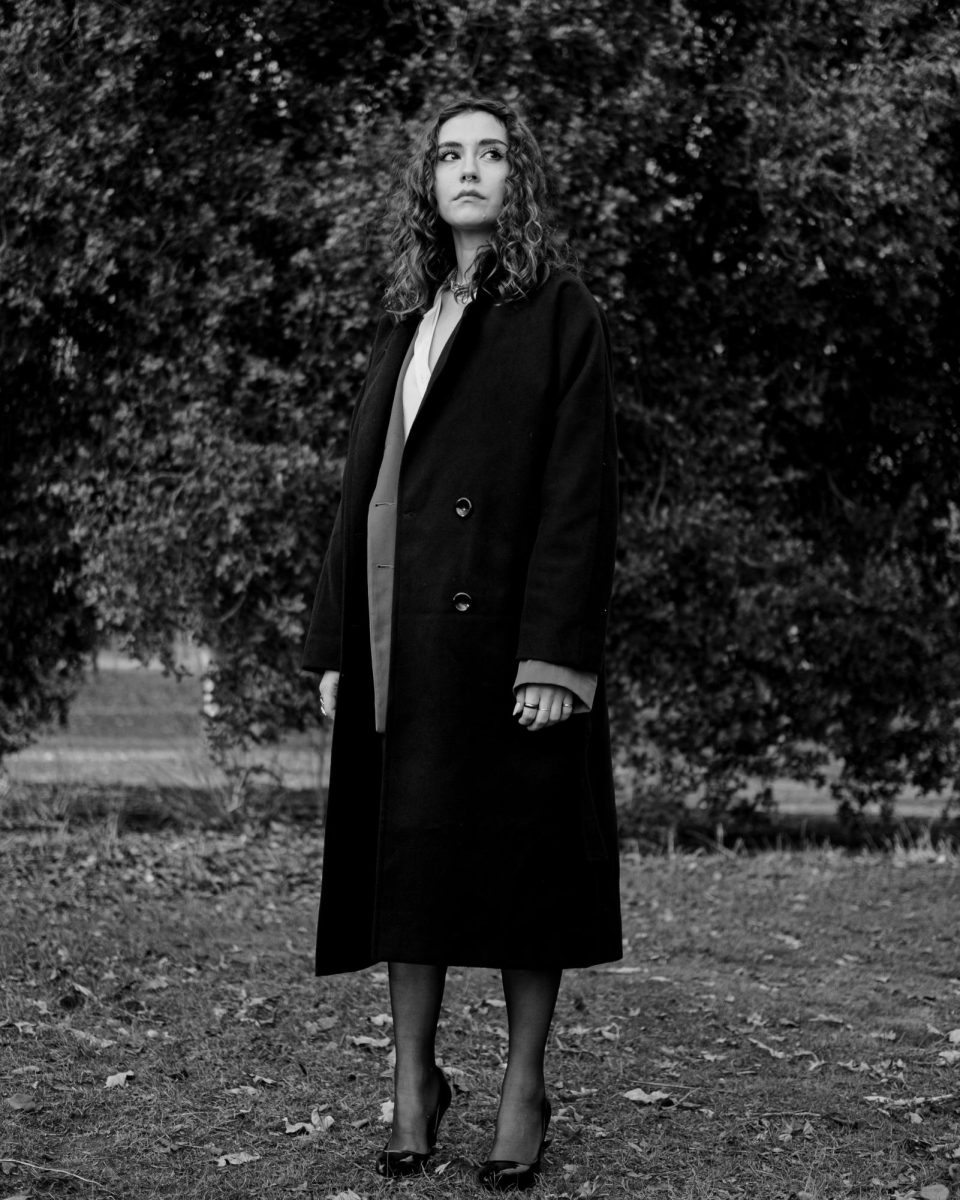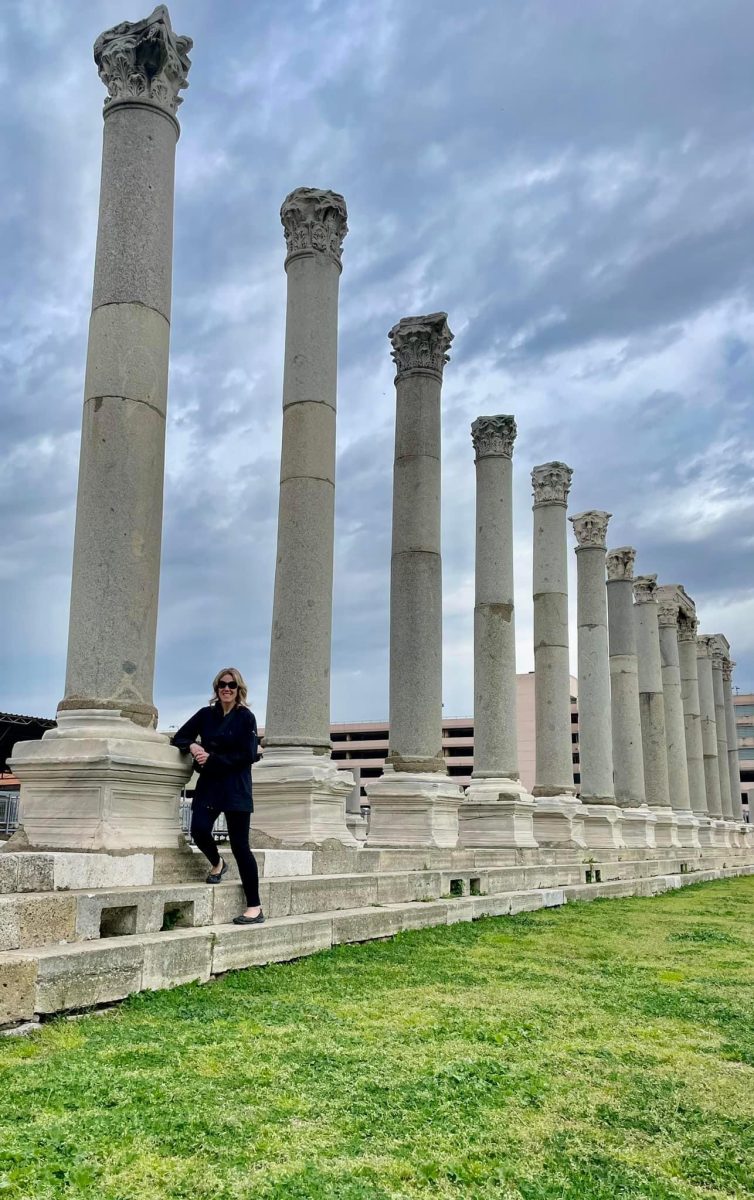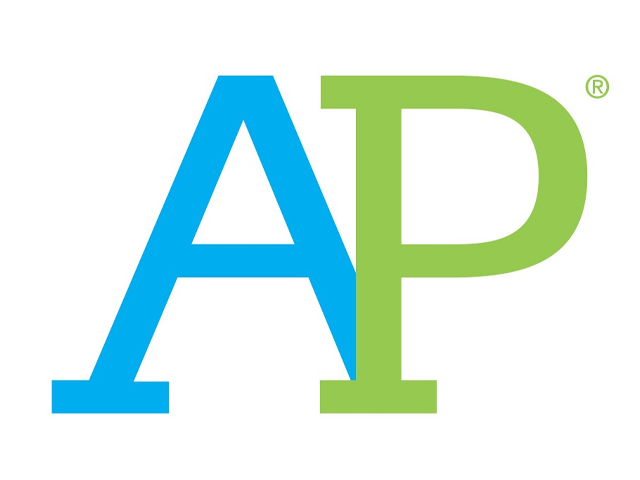When talking about the main focus in schools, academics may first come to mind for many. Whether that includes getting good grades, memorizing new equations in math and science, or studying for that next big test, students are constantly reminded to focus on their academics, or risk falling behind in their classes.
The No Child Left Behind Act played a major role in this after it was signed into law by President Bush in 2002, which sought to hold states accountable for their students’ academic progress. Schools would have to reach a certain ‘Adequate Yearly Progress,’ or AYP, which would be reported to the federal government each year. If schools failed to reach their AYP for two years or more, they would be subject to harsh sanctions and penalties that would force them to set aside a portion of their federal funding to improve their AYP.
While academic achievement and progress are still important, the heavy focus placed on academics throughout the U.S. has resulted in an unintended consequence– many schools have little to no budget for other programs, especially the fine arts. This can become problematic later when students are never exposed to any other classes besides their academics.
The National Art Education Association defines fine arts as “…consisting of the visual arts, dance, music, and theater.” In high schools, this can include classes such as band, orchestra, choir, drama, and many visual arts classes, such as ceramics, crafts, painting, photography, filmmaking, and architecture.
Even if you aren’t taking a fine arts class, most of us have seen some of these before. The drama department puts on a play and musical every year, the pep band plays at sporting events, and art classes display their projects in the hallways every year– these all show how Fargo North greatly supports the fine arts for its students. But not all schools are so lucky.
Many schools, especially in rural and lower-income areas, are forced to choose between fine arts funding and academic funding, such as math and English. Between 2014 and 2018, the state of Oklahoma ended approximately 1,100 fine arts classes in its rural schools, with 30% of students attending a school with zero fine arts programs in 2018, according to the State Department of Education. These budget cuts were only worsened after the COVID-19 pandemic hit, forcing many more states to lower their fine arts budgets.
It’s true that many schools don’t require students to take a fine arts class, and many students who don’t take them will get by just fine. But fine arts offer an opportunity for students to express themselves creatively in a system that is otherwise very structured.
Classes in high school are designed to (at least, they’re supposed to) prepare students for the ‘real world,’ which for many is college. While this definitely prepares students for the rigorous coursework, it does little to develop their creativity and teamwork skills. School has a very strict structure: you take notes in class, complete the homework, and study exactly what you need for the tests. Nowadays, many classes teach students to memorize exactly what they need to know, which limits student’s individuality, as it creates one clear path to a good grade. AP classes follow this structure even further, as you’ll most likely spend the year preparing for the AP test. Fine arts classes are completely different.
Classes like band, for example, focus very little on grades and rather on contributing to the group as a whole. If you attend class, show up for the concerts, and put forth your best effort, you’re going to get an A no matter what. This relieves students’ stress, as they’re not focusing as much on getting a good grade and instead get to actually have fun.
Fine arts aren’t only good for developing a student’s creativity; they are also just as important in developing our critical thinking skills. We always consider classes like math and science important, as they teach students to think critically and apply their knowledge in a practical setting. Fine arts classes, however, can develop the brain just as much as core classes can. Fine arts classes require intense planning and work, work that can be very strenuous and require you to push your limits. When I’m practicing a piece of music, it requires me to problem-solve just as much as if I were trying to solve a math problem in class. Students in an art class can’t just pick up a pencil and start drawing; it requires so much time and patience beforehand to make sure everything’s right. I can’t begin to describe the amount of brainpower drama students have to use when getting through an entire show. What I’m trying to emphasize is that if the education system was so adamant about developing students’ brains, fine arts classes would be just as effective in doing so. Yet, we don’t seem to value them the same way we do for academic classes.
This development is even more obvious in group settings, making fine arts classes some of the best teamwork experiences a student can be a part of. Teamwork is also emphasized in other classes, but those aren’t always the most effective. Not everyone in a science lab, for instance, is going to enjoy science. Thus, the student will have a negative perception of teamwork, as they’re not genuinely enjoying it. Fine arts classes, on the other hand, provide a much better setting for teamwork. Everyone is there because they signed up to be in that class and are genuinely interested in taking it, making the team as a whole more effective.
I’m not saying that every student should be required to take a fine arts course. There are plenty of other non-required classes that can offer many of the same benefits. But in a country where fine arts are often the first to get trashed due to low budgets, and where core classes are held to a higher standard, it’s important to not let the benefits be forgotten. Next time you hear about the school musical or a concert from the band or orchestra, I implore you to check it out.
Fine Arts Education in Schools: Overlooked yet Extremely Important

Story continues below advertisement
4
Donate to The Scroll
$910
$1400
Contributed
Our Goal
Your donation will support the student journalists of Fargo North High School. Your contribution will allow us to resume physical printing of our newspaper for students at Fargo North!
More to Discover
About the Contributor

Caleb Roth, Writer
Hi, my name is Caleb Roth and I’m currently a senior. This is my first year in Journalism, and I don’t have much experience. But I’m really looking forward to learning and writing as much as I can for our newspaper. In my free time, I enjoy playing piano/drums, playing video games, and hanging out with my golden retriever, Forest.








